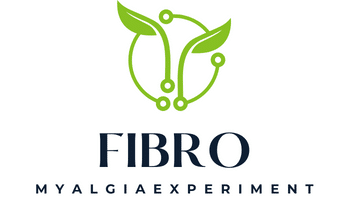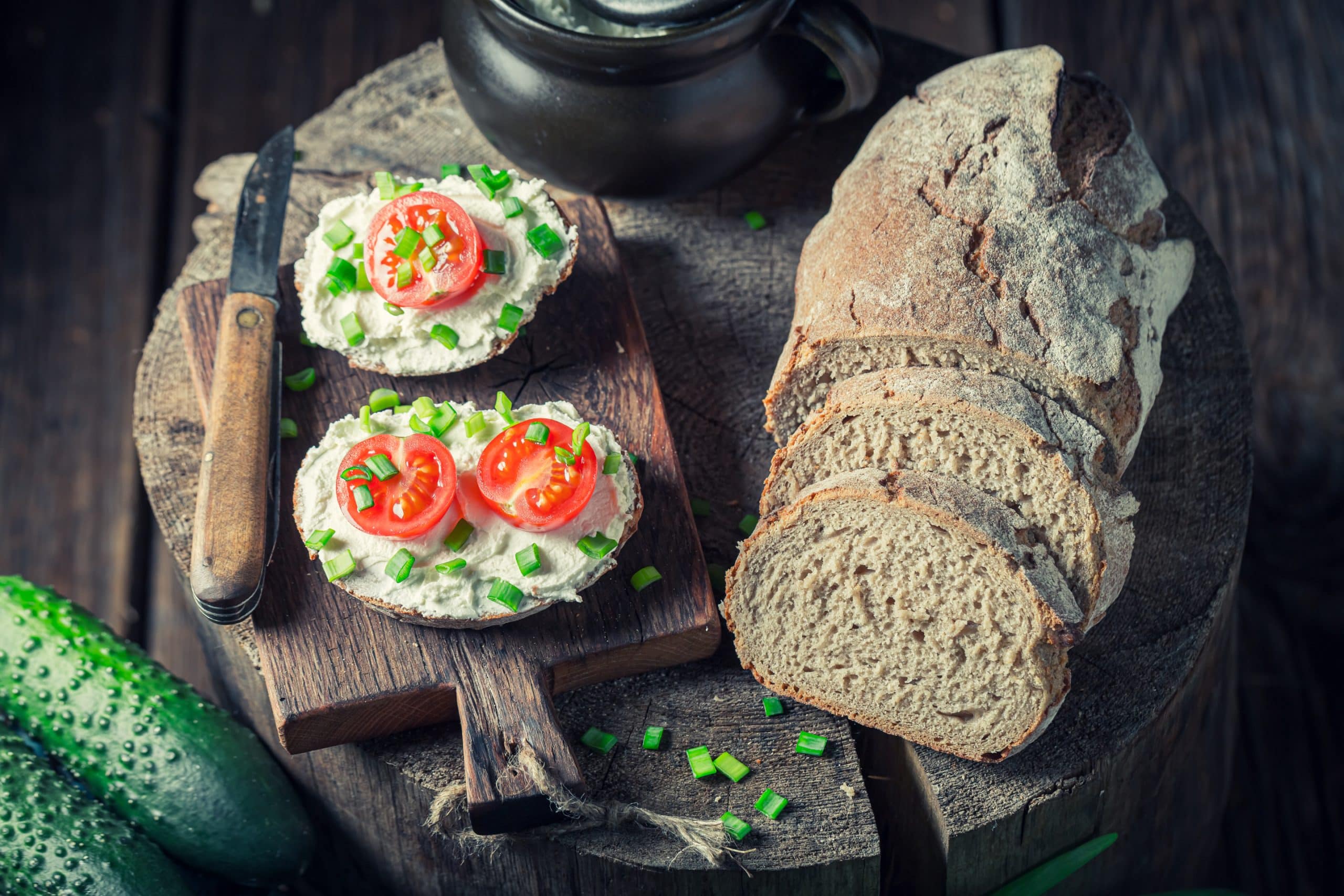Have you ever dreamt of creating your very own gourmet dishes with homemade ricotta cheese? Yes, you can definitely turn this dream into reality. This article is a comprehensive guide that will introduce you to the simple yet remarkable process of making homemade ricotta cheese. With just a handful of basic ingredients and a bit of patience, you’ll be able to create a batch of creamy, fresh ricotta cheese that can elevate a variety of food recipes to a gourmet level. So, roll up your sleeves and let’s get started with this exciting culinary journey.
A Brief Overview of Ricotta Cheese
Ricotta cheese is a major staple in Italian cuisine. Its name comes from the word ‘recooked’, a direct hint to its production process. This delicious dairy product has a mild, slightly sweet taste, and a creamy texture. Ricotta is versatile and is used in a myriad of dishes, including pastas, desserts, and as a topping for bread.
A découvrir également : How to Assemble an Elegant Gourmet Cheese and Charcuterie Board?
The traditional method of making ricotta involves the cooking of whey, a by-product obtained from the production of other cheeses. However, our homemade recipe will use whole milk, which is more accessible for most of us and yields a product just as tasty.
The Basic Ingredients You Will Need
The beauty of making homemade ricotta lies in the simplicity of its ingredients. What you’ll need are:
Avez-vous vu cela : What Techniques Ensure a Delicate and Flavorful Cherry Clafoutis?
- Whole milk
- Cream
- Salt
- Lemon juice
Whole milk is the main ingredient. Be sure to choose a high-quality one, as it will significantly influence the taste of your ricotta. Cream will add to the richness of the cheese and give it a smoother texture. Salt is key for flavor enhancement, while the lemon juice will serve as a natural acid to separate the milk into curds and whey.
Steps to Create Your Homemade Ricotta Cheese
Creating homemade ricotta cheese is quite straight forward. Follow these steps and you’ll have your own batch in no time.
-
Combine Milk and Cream: In a large pot, combine one litre of whole milk with one cup of cream. Add a half teaspoon of salt. Heat this mixture over medium heat, stirring it occasionally to prevent the bottom from scorching.
-
Add Lemon Juice: When the milk mixture reaches a temperature of about 200 degrees Fahrenheit or starts to simmer, add three tablespoons of fresh lemon juice. Stir gently for a few seconds until combined.
-
Let it Rest: Remove the pot from the heat and let it sit undisturbed for about 10 minutes. During this time, the acidic lemon juice will work its magic, causing the milk to separate into curds and whey.
-
Strain the Curds: After resting, it’s time to strain the curds from the whey. Line a colander with a piece of cheesecloth and place it over a large bowl. Pour the mixture into the cheesecloth-lined colander. The whey will drain into the bowl, leaving you with fresh curds on the cheesecloth.
-
Drain the Ricotta: Let the ricotta drain for at least an hour (or until it reaches your desired consistency). The longer it drains, the firmer the ricotta will be. Once drained, your homemade ricotta is ready to be used in your favorite recipes!
How to Use Your Homemade Ricotta Cheese
The possibilities for using your homemade ricotta cheese are endless. It’s fantastic when used in both savory and sweet dishes. Try it in a classic lasagna recipe or a creamy pasta dish. It can also be spread onto a piece of crusty bread, drizzled with a bit of honey for a simple, yet delicious snack. Or use it as a filling for cannoli, a staple Italian dessert.
Food styling with ricotta is also a joy. Its creamy texture and pure white color make it a beautiful addition to any dish. Use a spoon to create swoops in a bowl of ricotta for a rustic appearance, or pipe it using a piping bag for a more elegant presentation.
Keeping Your Ricotta Fresh
The best time to use your homemade ricotta is immediately after it’s made while it’s still fresh. However, if you have leftovers, be sure to store the ricotta properly to maintain its quality. Place the ricotta in an airtight container and keep it in the refrigerator. It should last for about one week. You can also freeze the ricotta for longer storage, though it may change the texture slightly upon thawing.
Remember, the freshness of your ricotta cheese plays a critical role in the flavor of the dishes you’ll use it in. So, try to utilize it as soon as possible for the best taste and texture.
Making homemade ricotta cheese may seem like a gourmet feat, but it’s a surprisingly accessible task that anyone can accomplish. Not only would it add a personal touch to your dishes, but it also allows you to control the quality of ingredients you’re consuming. So, why not give it a try? The result will surely impress you and elevate your culinary creations to a new level.
Choosing the Right Milk and Cream for Your Ricotta Cheese
The selection of milk and cream is crucial in producing a high-quality homemade ricotta cheese. The type of milk and cream you use will significantly affect the richness, creaminess, and overall flavor of your final product.
Most ricotta cheese recipes call for whole milk, which is widely available and ideal for cheesemaking due to its high-fat content. This fat, when combined with the cream, gives ricotta its signature creamy texture. It’s highly recommended to avoid ultra-processed, ultra-pasteurized milk, as it may not yield the same curdling effect needed for ricotta cheese production.
When it comes to cream, heavy cream is the best choice. It has a fat content of between 36% and 40%, which contributes to that rich, buttery texture we desire in our ricotta cheese. Just like with the milk, avoid choosing ultra-pasteurized cream for the same reasons.
If you’re health-conscious and want a lighter version of ricotta, you can opt for low-fat milk or even skip the cream. Bear in mind that this will result in a slightly less rich and creamy final product, but it will still be delicious.
As you see, making a great homemade ricotta cheese starts with selecting the right ingredients.
The Importance of Proper Draining and Storing Your Homemade Ricotta Cheese
Draining and storing your ricotta cheese properly are essential steps in the cheesemaking process. The draining stage not only firms up your ricotta but also gives it its unique texture.
For draining, you’ll need a fine mesh strainer lined with a piece of butter muslin. This is an ultra-fine cheesecloth that allows the whey to pass through while holding back the curds. Let the ricotta drain for at least one hour or until it reaches your desired consistency. For a firmer texture, like that of ricotta salata, a type of pressed, salted, and dried ricotta, let it drain for several hours or overnight.
Storing your ricotta cheese correctly is crucial for preserving its freshness. Place the leftover ricotta in an airtight container and keep it in the refrigerator. It should last for about a week. Although, you can freeze the ricotta for longer storage, it may alter the texture slightly upon thawing.
Conclusion: The Joy of Making Homemade Ricotta Cheese
As you can see, making homemade ricotta cheese is not only an enjoyable culinary adventure but also a simple and rewarding process. The beauty of homemade ricotta lies in its versatility. You can use it in a myriad of dishes, from savory meals like lasagna and pasta to sweet treats like cannoli and ricotta pancakes.
An added bonus is the ability to control the quality and type of ingredients you use. You can opt for organic, hormone-free milk, or experiment with different types of cream to suit your preference. Plus, homemade ricotta has a depth of flavor and freshness that store-bought ones simply cannot match.
So, whether you’re a seasoned chef or a home cook looking to broaden your culinary skills, making homemade ricotta cheese is a delightful experience that’s worth trying. Not only will it enhance your dishes, but it will also give you a sense of achievement and satisfaction that comes with crafting your own gourmet ingredients.
Remember, the key to great homemade ricotta lies in using quality ingredients, proper draining techniques, and good storage practices. Once you have mastered these, you are ready to impress yourself and others with your very own homemade ricotta cheese. So why wait? Start your cheese-making journey today!






